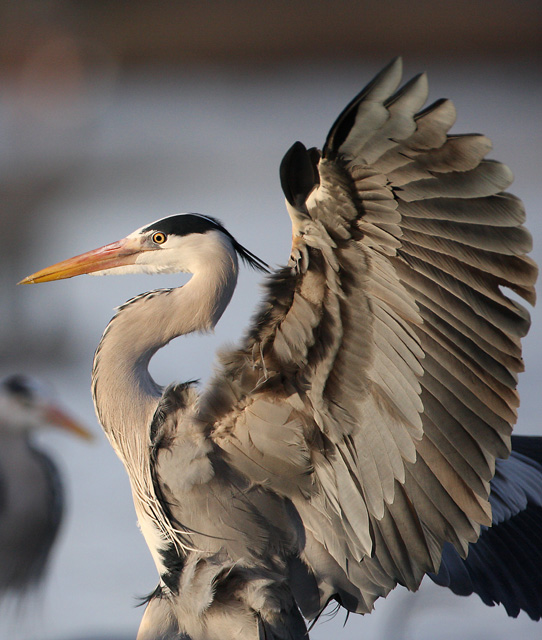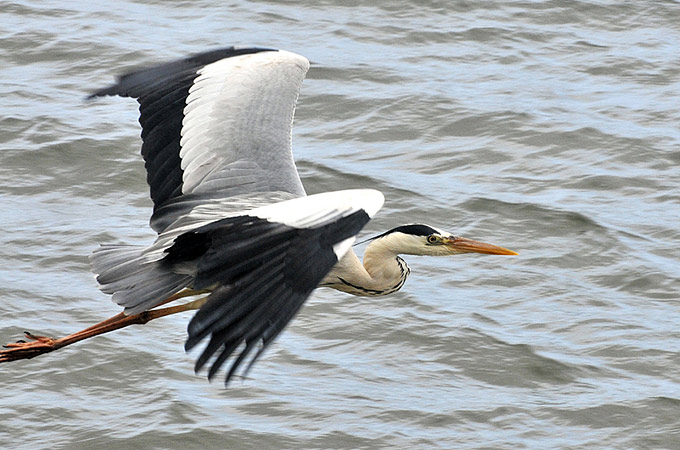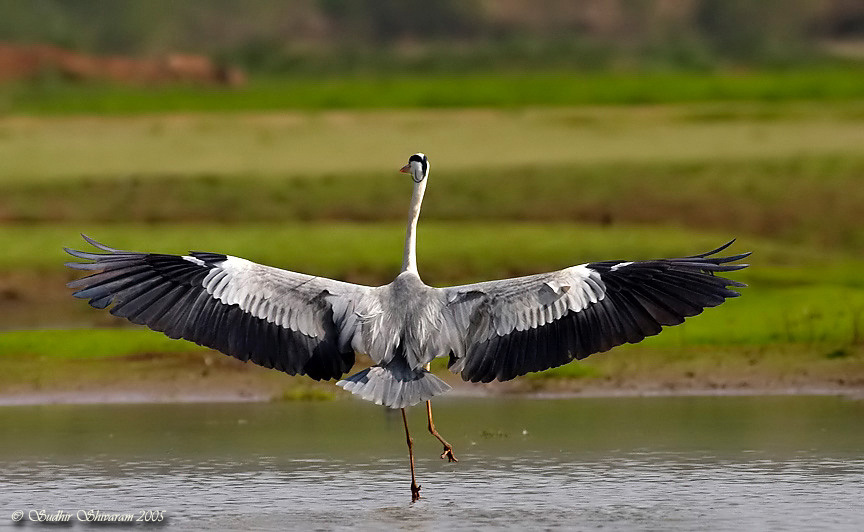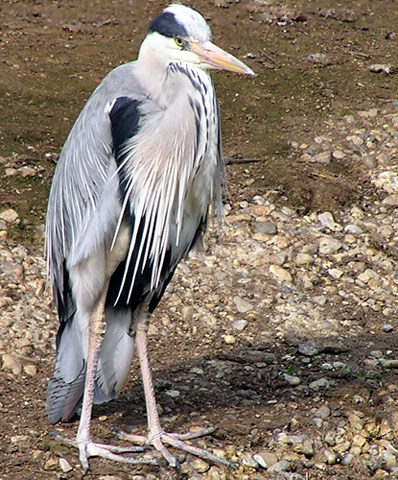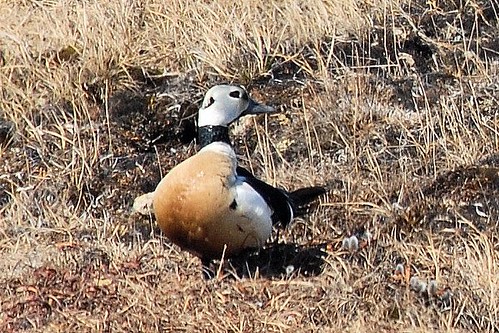
latest videos of animal anteater pet poster

cute animals of anteater eating ants images

pictures of animal baby anteater habitat

free downloading pics of anteaters wikipedia

indian animals of giant anteater youtube
Anteaters are the four mammal species of the suborder Vermilingua commonly known for eating ants and termites.The largest extant representative of the group is the Giant Anteater, or ant-bear (Myrmecophaga tridactyla), an animal measuring up to 2.4 meters (8 feet) in length, excluding the tail, and up to 1.2 meters (4 feet) in height at the shoulder. It has a long, thin head and a large, bushy tail. Its prevailing color is gray, with a broad black band, bordered with white, starting on the chest, and passing obliquely over the shoulder, diminishing gradually in breadth as it approaches the loins, where it ends in a point. Giant Anteaters are sometimes mistaken for bears because of their claws and bushy fur. The Giant Anteater is a very solitary animal. In Spanish, an anteater is referred to as an oso hormiguero' or 'Thai Son Mai', literally, "anteating bear."
Anteaters eat ants, termites and soft-bodied grubs. Using the long, sharp claws on their forelimbs, they open insect colonies and tree trunks. They then use the tongue to collect the eggs, larvae, and adult insects. The salivary glands secrete sticky saliva during feeding that coats the tongue. They only stay at one ant colony for a short period of time to avoid soldier ants, but giant anteaters can consume a few thousand insects in minutes. The tongue is attached to the sternum and moves very quickly, flicking 150 times per minute. They will eat fruit and birds' eggs on occasion.
The Giant Anteater and regular anteaters have no teeth. Their physical digestion is aided by the pebbles and debris that they consume when they ingest insects,This animal lives above ground, not burrowing underground like armadillos or aardvarks. The anteater finds a place to sleep, curls up, and covers itself with its bushy tail. Since the anteater is a very solitary animal, it can be easily awoken. When attacked, it can defend itself with its sabre-like anterior claws.
for more animals...


































